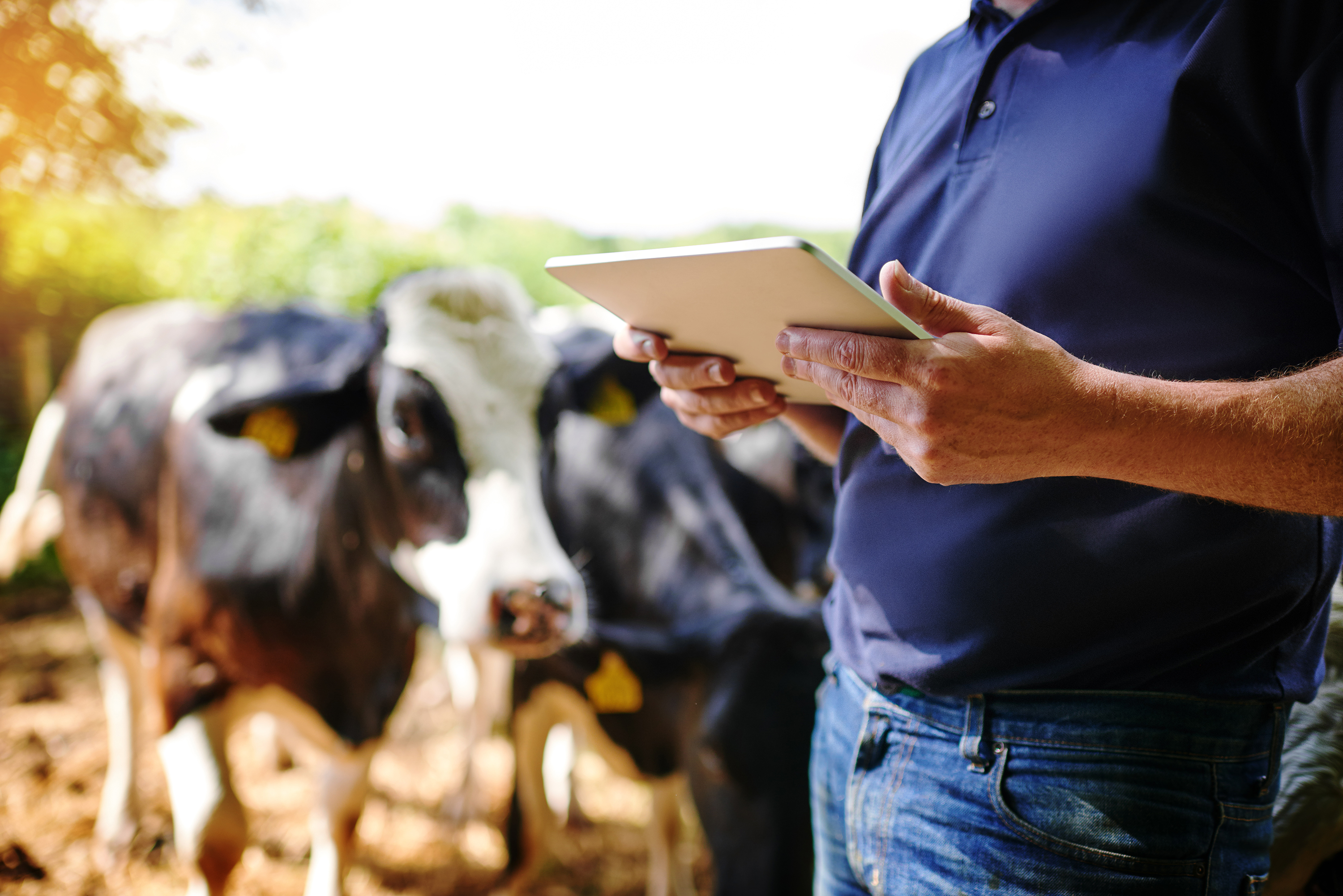The use of activity monitoring systems has grown quickly in the past decade as more producers realize the benefits of utilizing the technology. According to an industry marketing study, just over 26% of dairies in the U.S. now utilize activity monitoring technology.
While it seems obvious, the technology that goes into activity monitoring is rather advanced and can be complicated. It also can be quite disruptive to the current method of managing cows. As we work with producers to implement these applications on dairy farms, we’ve seen instances where the transition has gone smoothly and others where the transition has not gone well at all. Here are a few nuggets of advice to consider before making the move to an activity monitoring system.
Engage employees in the process. No one likes change. In fact, it’s often met with fierce resistance. That’s often the case when transitioning to any new technology, including activity monitoring. Put yourself in your employees’ shoes. Consistency is valued, and they are comfortable doing things the way they are currently done. Perhaps they see this new technology as a potential means to eliminate jobs, including their’s. Or they believe that certain management practices, like tail chalking, for example, are the gold standard and will often revert back to the practices with which they have comfort and they know to be effective.
A solution may be to start by creating an alert in the herd management software that allows for breeding off of a heat identified by the sensor system. Once employees see that conception rates for heats detected by a sensor are as good as Double OvSynch and tail chalk, it will likely help with the transition.
Employees may look for opportunities to prove the system isn’t working. Watch for false positives during an event like a pen move. Think of what happens when a pen is changed – rumination goes down, activity goes up – which could trigger health or breeding alerts. Point this out as a normal occurrence, not one that could be detrimental to the system.
Often, these systems will pick up subtle changes before a cow gets clinically sick. Another solution to accepting the change would be to have the herd vet work with employees to do a physical exam on a cow or group of cows that trigger a health alert. Check rumen, lungs, uterus, udder and other areas of the cow. This may help employees understand that the alerts are real and also gain greater insights into the physiology of the animal and align what they are seeing on activity alerts with what is going on inside the cow.
Be patient. Incorporating activity monitoring technology with existing on-farm management is a process and not something you just flip the switch on and completely change daily management. As employees become more comfortable, gradually look at how you can use the system more aggressively. Do you want to give up your current timed A.I. completely at first? Probably not. Can it be dovetailed with timed A.I. for those not showing heat for first A.I.? Yes, in the future as comfort builds. Do things in steps, perhaps starting with eliminating tail chalk.
Set appropriate expectations in advance. The system is not foolproof. For example, no system will pick up 100% of cows in heat, particularly for first A.I. after calving. Around 20% to 25% of cows may be anestrous, and about 5% to 8% of cows exhibit silent heats that a system may not pick up. Systems do well on picking up digestive issues, better than 90%, and we’re seeing lameness issues show up frequently.
Also realize that activity monitoring systems typically don’t pick up all mastitis or metritis, especially subclinical issues. However, cows that are identified are likely clinical and actually need antibiotic therapy. But if the cow is ruminating well, eating well and normally active, she won’t trigger an alert even though she may be subclinical for a health issue. Which begs the question: Should you treat these animals? That’s a discussion for you and your vet.
How is your culture? In the end, how well your dairy adapts to activity monitoring – or any technology – will depend on the culture of the people who work on your dairy. This includes your owners and management team all the way down to your newest employee. How well does your culture embrace change? Is it normal for you to adopt a change in management over time with employee input, or is it forced upon them? Is your team relatively young and inexperienced or older and more seasoned? We’ve worked with dairies who think they are ready for this sort of change but end up struggling. Don’t underestimate the importance of open, engaging communication when adopting any new technology that can disrupt the status quo.
Finally, as with any significant change to your dairy, be sure to include, at minimum, your veterinarian and nutritionist in the entire process. These key consultants can often play a role in maximizing use, working with employees and using the data generated for maximum herd benefit.








